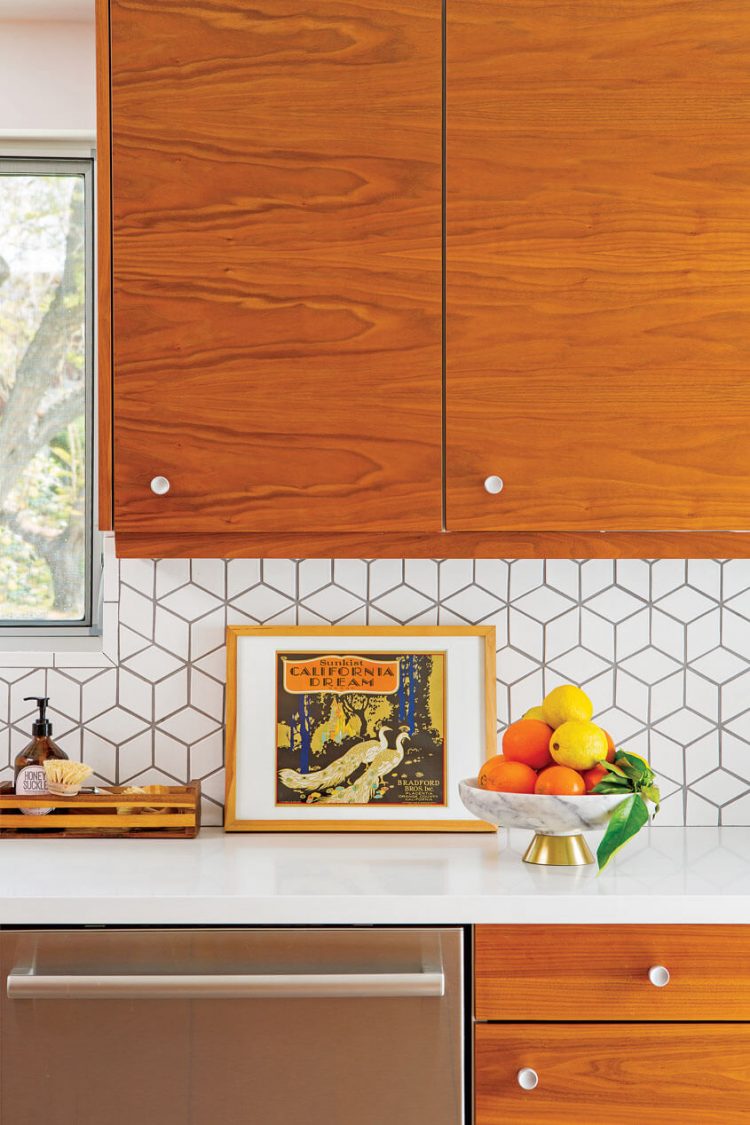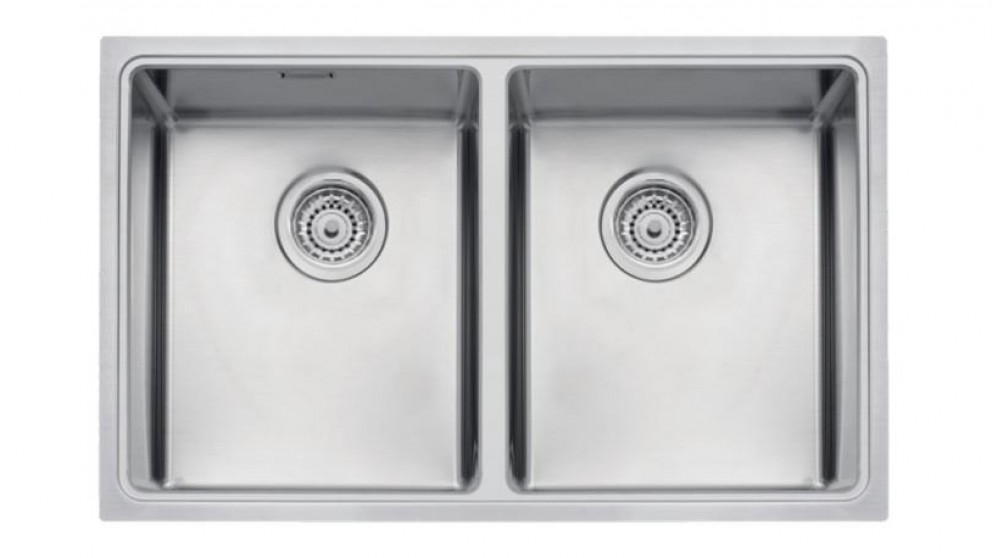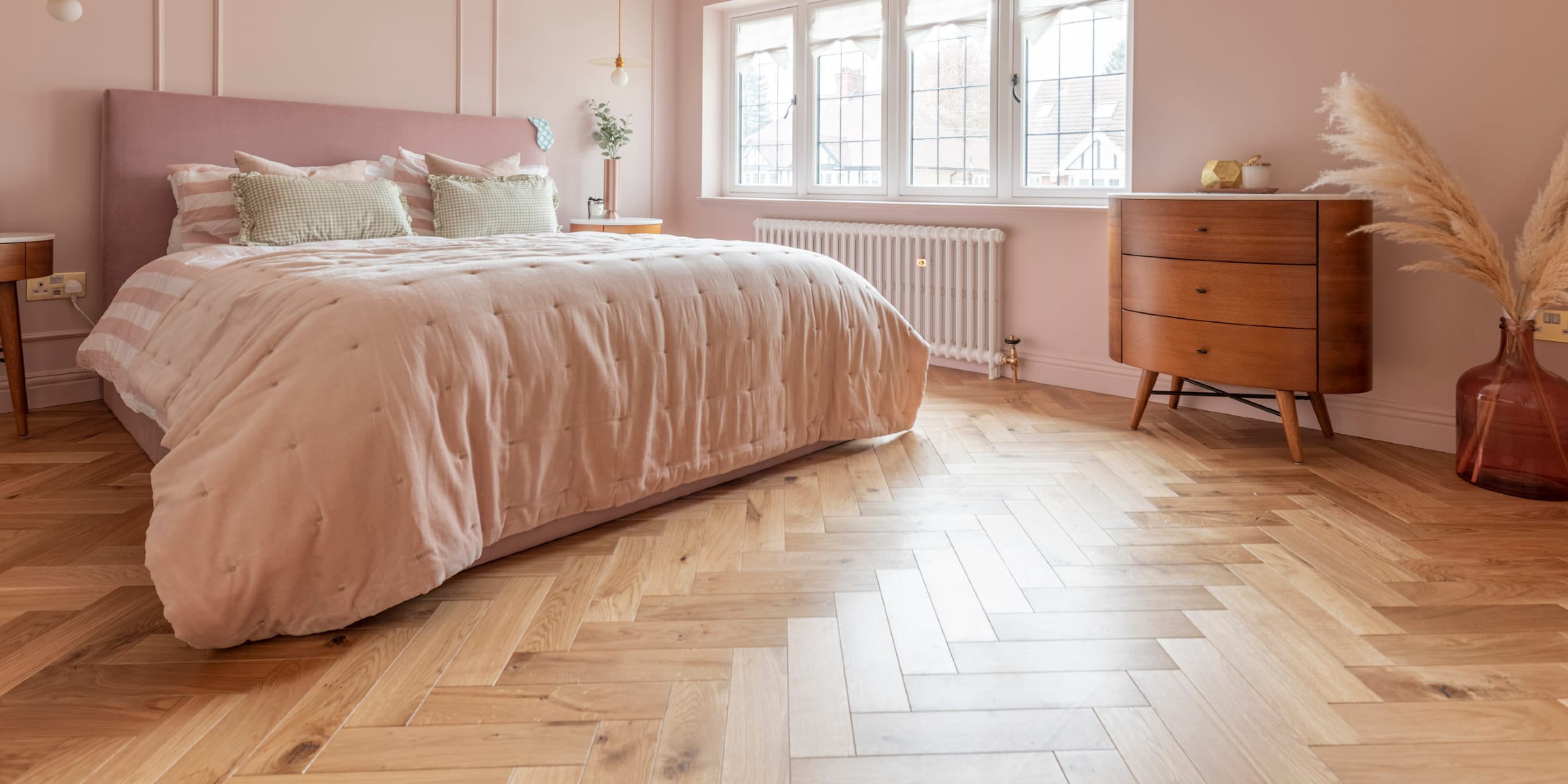
Pale colors are a great way to make small bathrooms appear bigger. Avoid dark shades as they can make a bathroom feel crowded and oppressive. The walls and flooring can be painted in light tones. Pale wood units and white sanitaryware look great in these schemes. The flooring can also be a light color. The purpose of this color scheme is to give the room an air of spaciousness and freshness.
A mirror on the ceiling or walls of your room can give it an illusion that there is more space. A large mirror bounces light around the room and gives the impression that the room is larger than it actually is. It will also look larger when the walls and light fixtures are bright. Natural light is the best option. If you don't have much natural light, you might want to cover the windows.

You can create a spacious feel in a small bathroom by using a wall color which reflects light. A room that is larger in size will look bigger with lighter colors. A lighter paint colour will also highlight the walls. Make sure you choose a paint color that matches the rest in the bathroom. Choose a neutral tone for the wall paint. This is important, as it can have a significant impact on the overall feel of the space.
For small bathrooms, lighter shades of tile and paint are best. They reflect more light which makes the bathroom seem larger. If you are going for a bright color scheme, use one tone of paint and tile. You can also choose light-colored tiles to replace white tiles. You might consider lighter shades of white tiles. You can add a few accent pieces to your look, such as a lovely shower rail.
Small bathroom designs require a good mirror. A good mirror will expand the wall space. An excessively large mirror will dominate the space. A mirror that is closer to the ceiling will make your bathroom appear larger. You can choose from different sizes and styles. You can make your room appear larger and more spacious by placing a large mirror above your sink.

A mirror is a must-have accessory in a small bathroom. A mirror will give the bathroom a sense of depth and charm, and it will make the room seem larger. Mirrors can also make smaller bathrooms appear larger by reflecting light from the ceiling. A tall mirror will make the room appear larger. Small bathrooms can have the same flooring options as the rest of your bathroom.
FAQ
Is there anything I could do to save on my home renovations?
It is possible to save money by doing the work yourself. Consider reducing the number or people that you employ during renovations. You could also try to find ways to reduce the cost of materials used in the renovation process.
Do I need an architect/builder?
If you are planning to renovate your own home, it may be easier to just hire someone else to do the work for you. But if your goal is to buy a house, hiring an architect/builder will ensure that you get the home you desire.
How Much Does It Cost To Renovate A House?
The cost of renovations depends on what material is used, the size of project and how complicated the job is. Wood, for example, requires additional tools such as saws and drills. Steel, however is not so dependent. The price of renovations will depend on whether you need your contractor to do everything or if the work is done by you.
Home improvements can cost anywhere from $1,000 to $10,000 on average. The average cost of home improvement projects would be between $5,000 and $25,000. If you hire professionals, the cost would be between $5,000 and $25,000. However, if the task is done entirely by yourself, the cost could rise to as high as $100,000.
It is important that you are aware of the many factors that affect the final price of renovations. They include the type of material used (e.g. You can choose between brick or concrete, and the size of your project as well. These are important considerations to remember when estimating total renovation cost.
Statistics
- A final payment of, say, 5% to 10% will be due when the space is livable and usable (your contract probably will say "substantial completion"). (kiplinger.com)
- They'll usually lend up to 90% of your home's "as-completed" value, but no more than $424,100 in most locales or $636,150 in high-cost areas. (kiplinger.com)
- Design-builders may ask for a down payment of up to 25% or 33% of the job cost, says the NARI. (kiplinger.com)
- Most lenders will lend you up to 75% or 80% of the appraised value of your home, but some will go higher. (kiplinger.com)
- According to the National Association of the Remodeling Industry's 2019 remodeling impact report , realtors estimate that homeowners can recover 59% of the cost of a complete kitchen renovation if they sell their home. (bhg.com)
External Links
How To
How do you plan a complete home remodel?
Planning a whole-house remodel requires planning and research. Before you start your project, there are many factors to consider. The first thing to do is decide what kind of home renovation you want. There are many categories that you could choose from: kitchen, bathroom or bedroom; living room or dining room. Once you've chosen the category you want, you need to decide how much money to put towards your project. If you don't have experience with working on houses, it's best to budget at minimum $5,000 per room. If you have some previous experience, you may be capable of getting away with a lower amount.
Once you have established how much you are able to afford, you will have to decide on how big a job to do. You won't be capable of adding a new floor, installing a countertop, or painting the walls if your budget is limited to a small remodel. However, if enough money is available to complete a kitchen renovation, you should be able handle most things.
Next, find a contractor that specializes in the project you are interested in. You will be able to get great results and avoid a lot more headaches down in the future. After you have selected a professional contractor, you can start to gather materials and supplies. You might need to make everything from scratch depending upon the size of your project. However, it is possible to find everything you need in a variety of shops that sell premade items.
Now it's time for you to start planning. To begin, draw a sketch of where you would like to place furniture or appliances. Next, design the layout of your rooms. You should leave enough space for electrical outlets and plumbing. Also, try to put the most used areas near the front door so that visitors can easily access them. Finally, you'll finish your design by deciding on colors and finishes. Avoid spending too much on your design by sticking to simple, neutral colors and designs.
Now that your plan is complete, it's time you start building! Before you begin any construction, make sure to verify your local codes. Some cities require permits. Other cities allow homeowners without permits. You will need to first remove all walls and floors that are not required for construction. To protect your flooring, you will lay plywood sheets. Next, you'll attach the wood pieces to the frame of your cabinets. The frame will be completed when doors and windows are attached.
You'll need to finish a few final touches once you're done. For example, you'll probably want to cover exposed pipes and wires. You will need to use tape and plastic sheeting for this purpose. You will also need to hang photos and mirrors. Be sure to tidy up your work space at all costs.
These steps will ensure that you have a beautiful and functional home, which will save you tons of money. Now that you are familiar with how to plan a whole home remodel project, it is time to get started.